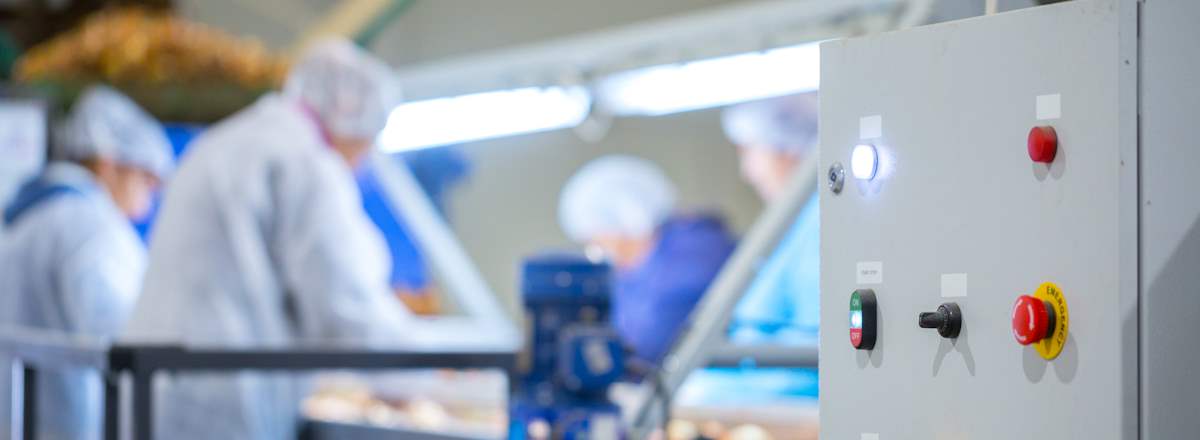A programmable logic controller (PLC) is a computer system developed to control a manufacturing process. PLCs are used in assembly lines to run equipment and control robotic devices – any process that requires a high level of consistency and the ability to diagnose a problem. PLCs range from small devices with less than 100 inputs and outputs (I/O) to large modular systems with thousands of I/O that are often networked to other PLC and SCADA systems. PLC systems can be configured to withstand extended temperature ranges, electrical noise, vibration, and impact.
The first PLC was invented in 1968 for General Motors. It was created to replace hard-wired relay logic systems with easily programmable controllers that are flexible and robust. With hard-wired systems, altering the automation process was difficult. A change in the process required the system to be rewired and the documentation to be fully updated. The entire system would fail if even a single wire or relay failed, requiring technicians to spend hours examining the wiring schematic. Early automation systems were unreliable, requiring strict adherence to specific working conditions, such as power and temperature requirements.
The PLC provides many advantages over hard-wired relay automation systems. PLCs are more reliable in harsh industrial conditions and require less maintenance. They can easily be scaled to include more I/O modules without having to make complex hardware reconfigurations. This allowed the manufacturing process to become easily updated and duplicated. PLCs are more compact, user-friendly, and more easily monitored. For these reasons, PLCs have become widely used in harsh industrial environments.
A PLC system consists of the following:
- Central Processor Unit (CPU) – the main chip responsible for carrying out all tasks according to the instructions it is given; it interprets inputs, executes the program, and sends output signals,
- Power Supply Unit – converts AC voltage to DC,
- Memory Unit – stores data from inputs and the program; is an interface for input and output; receives and sends data from and to external devices,
- Programming Device – used to develop and download the created program into the memory of the controller,
- Real-Time Operating System – for example OS-9 or VxWorks
Contact Production Systems to learn more about our control panels. We design and fabricate all our control panels on-site in close collaboration with the customer’s input. We incorporate the best materials into our systems to provide a durable, reliable product. We look forward to learning about your automation needs.




